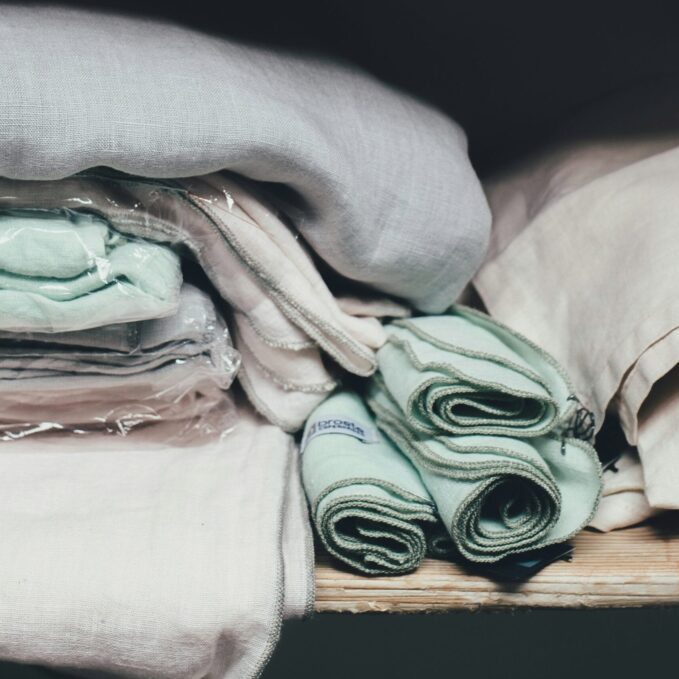In The Beginning
The story of tablecloths in Britain dates back centuries, revealing a fascinating journey of elegance, craftsmanship, and societal shifts.
In the early days, during the medieval era, tablecloths were not as commonplace as they are today. Tables were typically made of sturdy wood and served as functional surfaces for dining, social gatherings, and various activities. However, the concept of covering these tables with cloths began to emerge among the nobility and royalty.
During lavish feasts and banquets held in castles and manor houses, tables adorned with luxurious fabrics became a symbol of wealth and status. The finest linen, embroidered with intricate designs and adorned with precious jewels, graced the tables of the aristocracy. These ornate tablecloths showcased the opulence of the ruling class, leaving guests in awe of their hosts’ grandeur.
As time passed and the Renaissance era unfolded, tablecloths underwent a transformation. The focus shifted from displaying extravagant wealth to embracing artistic expression and skill. Intricate patterns, inspired by nature, mythology, and geometric motifs, adorned the linens. Skilled artisans meticulously wove their tales onto the fabric, creating table linens that were not only functional but also masterpieces of art.
Tablecloths For Everyone
In the 18th century, with the rise of the Industrial Revolution, the production of textiles became more accessible. The demand for tablecloths grew, not only among the elite but also the emerging middle class. Linen remained a popular choice due to its durability and crisp appearance. However, cotton, with its softer texture, gained popularity and became a staple in British households.
The Victorian era brought about a renewed appreciation for etiquette and refinement. Tablecloths played a pivotal role in setting the stage for elaborate dining experiences. Elaborate banquets were common, and tables were meticulously set with layers of table linens, including under-cloths, overlays, and runners. Embroidery, lace, and cutwork designs were all the rage, reflecting the Victorian era’s love for intricacy and detail.
With the dawn of the 20th century came societal changes that affected tablecloth traditions in Britain. The First World War brought austerity and a shift towards practicality. The ornate tablecloths of yesteryears were replaced with simpler, more utilitarian designs. The focus shifted towards functionality, with easy-to-wash fabrics and simpler patterns that could withstand frequent use.
A New Tradition
In the post-war era, as Britain rebuilt and recovered, the concept of casual dining gained popularity. The rigid formality of previous eras gave way to a more relaxed approach to table settings. Families embraced colourful and patterned tablecloths, often made of synthetic fabrics, that brought vibrancy to everyday meals.
Today, in modern Britain, and around the world, tablecloths continue to hold a special place in homes and restaurants. They have evolved to reflect contemporary tastes and lifestyles. Traditional patterns coexist with bold prints, while eco-friendly and sustainable materials find their way onto dining tables. From grand banquets to intimate family gatherings, tablecloths remain an integral part of British culture, weaving together history, artistry, and hospitality.
As the story of tablecloths in Britain unfolds (pun intended?), it reminds us of the ever-changing tapestry of traditions and the enduring charm of a beautifully set table—a testament to the timeless elegance and the desire to create beauty, however small, in everyday life.







